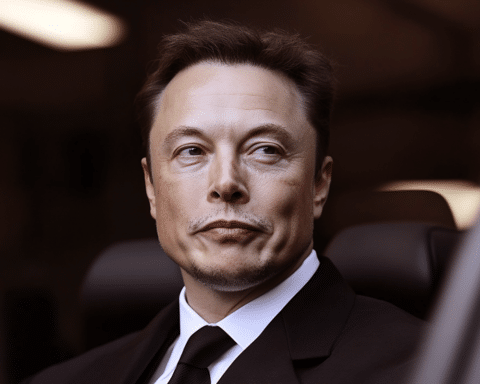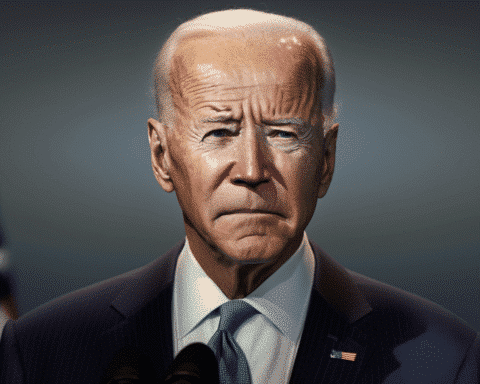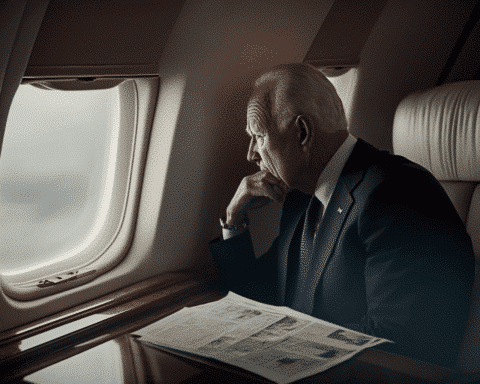To secure a Volkswagen AG electric vehicle battery plant in Canada, the country’s first outside Europe, Prime Minister Justin Trudeau’s government consented to subsidies that could surpass CAD 13 billion ($9.7 billion) over ten years.
The funds are supplied through an extraordinary contract by Trudeau’s industry minister, François-Philippe Champagne. According to government officials, Canada would offer annual production subsidies and a grant for the plant’s capital cost, matching the assistance the German automaker might have received under the Inflation Reduction Act if the facility had been established in the US.
The agreement illustrates the efforts of the US’s trading partners to keep up with the financial incentives in the climate legislation signed by President Joe Biden last year. According to the minister, the plant, which will be part of Volkswagen’s PowerCo division, is expected to be Canada’s largest manufacturing site.
Champagne and other officials believe that financial support for Volkswagen is crucial to maintain Canada’s position in the North American auto industry as it transitions away from internal combustion engines and establishes the country as a provider of essential minerals and a source of advanced manufacturing and clean technology. The minister also mentioned ongoing discussions about financial assistance for a facility that LG Energy Solution and Stellantis NV plan to build in Ontario.
During a Bloomberg News interview, Champagne emphasized the importance of seizing generational opportunities and increasing ambition. He stated that the C$7 billion facility would be equivalent to 350 football fields, create thousands of jobs in the St. Thomas area of southern Ontario, and be situated about two hours northeast of Detroit.
Champagne argued that the economic value of attracting one of the world’s largest automakers to Canada, along with the resulting supply chain spinoffs, far outweighs the cost of subsidies. However, the incentives’ scale is remarkable, with production support alone expected to range between C$8 billion and C$13 billion over a decade, depending on plant output and US policy changes. The contract stipulates that Canada’s production subsidies will remain in effect only as long as the Inflation Reduction Act is enforced. If the US reduces its clean manufacturing incentives, Canada’s will decrease accordingly.
In addition to the C$700 million in capital expense grants offered to Volkswagen through the Strategic Innovation Fund, Canada may provide more funding from Ontario’s provincial government, although Champagne declined to elaborate.
The Inflation Reduction Act, which provides extensive subsidies for low-carbon industries through production tax credits, has forced Canada and other US trade partners to offer financial support or miss out on lucrative green economy investments. Last week, Canadian Finance Minister Chrystia Freeland cautioned against a “race to the bottom” in corporate subsidies that could undermine tax bases and social safety nets.
The Canadian Volkswagen deal raises questions about potential financial aid for other automakers and battery manufacturers. Last year, LG and Stellantis revealed a $4 billion joint venture in Windsor, Ontario, near Detroit.

Champagne did not confirm whether the LG-Stellantis facility would receive the same incentives from Canada but noted the government’s commitment to levelling the playing field with the US. The minister acknowledged that the subsidies’ magnitude requires selectivity, with Canada is only able to support “a few” vehicle battery plants at most.
The Liberal government will likely face criticism over the deal and has already been scrutinized for not providing more cost details. Despite the controversy, Champagne believes Canadians will understand the reasons for the significant investment in Volkswagen. He also noted that the funds would not be disbursed for several years as they are tied to production at a facility that has yet to be constructed.
Champagne contends that the plant’s economic impact in its first five years will equal the government’s funding. Over the next 30 years, the facility is expected to generate more than C$200 billion in value for Canada.
According to the industry minister, it is essential to consider what other countries, particularly the US, are doing. He raised the question, “What’s the cost of inaction?”
As the Canadian government invests heavily in attracting Volkswagen’s battery plant, it signals a commitment to transitioning to a greener economy and staying competitive with its neighbours. While critics question the scale of the subsidies and their long-term implications, supporters argue that the benefits of securing the plant, including job creation, technological advancements, and supply chain spinoffs, justify the financial commitment.
Moving forward, Canada must strategically balance its investments and support for other automotive and battery manufacturers to maximize economic benefits and solidify its position in the green economy. This will involve monitoring the changing dynamics in global markets and remaining adaptable to evolving technologies and policies.
By taking decisive action to secure the Volkswagen plant, Canada intends to participate actively in the global transition to cleaner, greener technologies. However, the government will need to continue assessing the effectiveness of its investments and policies to ensure long-term success and sustainability in the face of increasing competition and rapid innovation.




